33 pages • 1 hour read
PlatoPhaedo
Nonfiction | Essay / Speech | Adult | BCEA modern alternative to SparkNotes and CliffsNotes, SuperSummary offers high-quality Study Guides with detailed chapter summaries and analysis of major themes, characters, and more.
Literary Devices
Analogy
Socrates and his students use examples to explain their concepts; many of these take the form of analogies. The purpose is to clarify a concept that might otherwise be too cerebral to understand; the analogy makes it vivid. Cebes, for example, describes a tailor who makes many coats, one of which outlives him, to suggest that a soul might inhabit many bodies, yet one body might outlast it. Socrates compares good souls and their community spirit to bees and ants, which devote their lives to their fellows; he goes so far as to declare that such souls sometimes reincarnate into those very insects.
Socrates also describes his vision of the afterlife—a vision he admits may or may not be true—in which the good are rewarded and the wicked punished. Punishments are determined by the bad souls’ victims. This imagery also serves as a slyly crafted depiction of the kind of justice Socrates would like to see meted out during life on earth.
Related Titles
By Plato
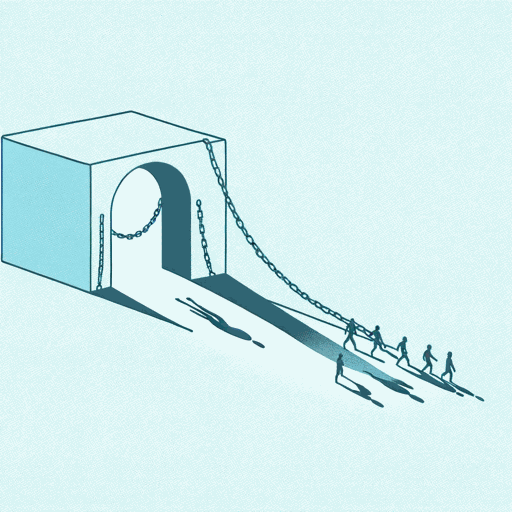
Allegory Of The Cave
Plato

Apology
Plato

Crito
Plato
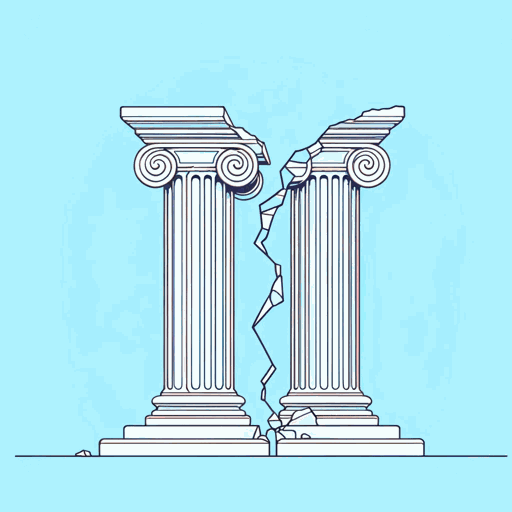
Euthyphro
Plato

Gorgias
Plato

Ion
Plato

Meno
Plato
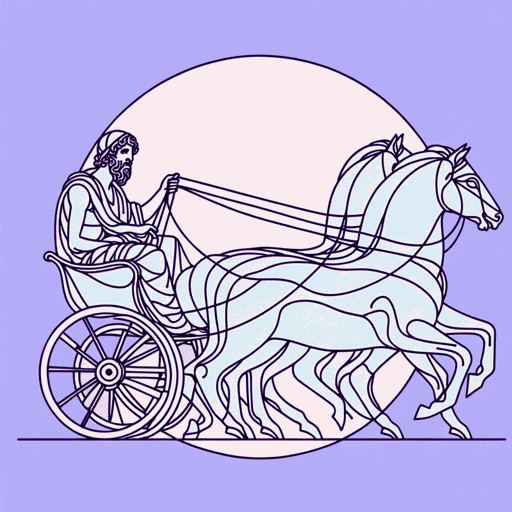
Phaedrus
Plato
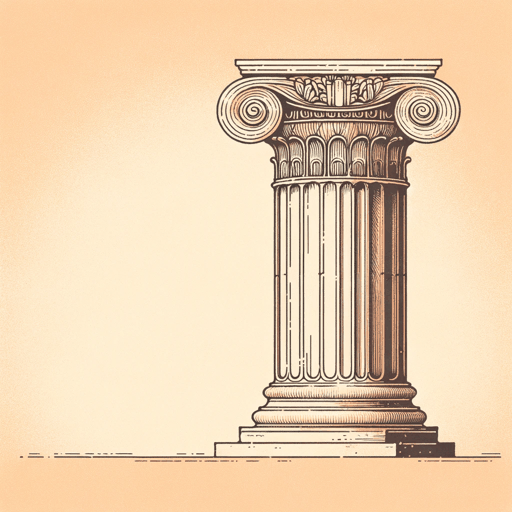
Protagoras
Plato
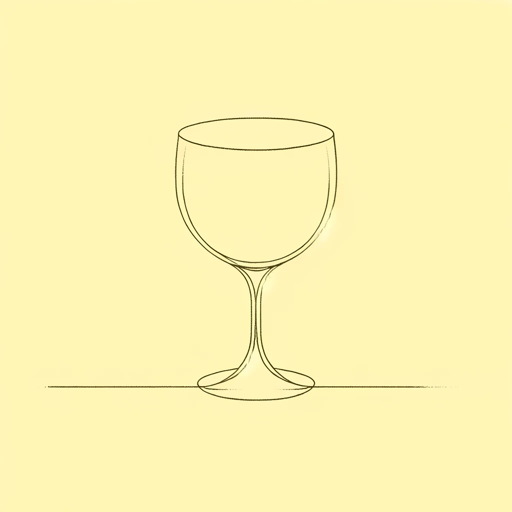
Symposium
Plato

Theaetetus
Plato

The Last Days of Socrates
Plato

The Republic
Plato

